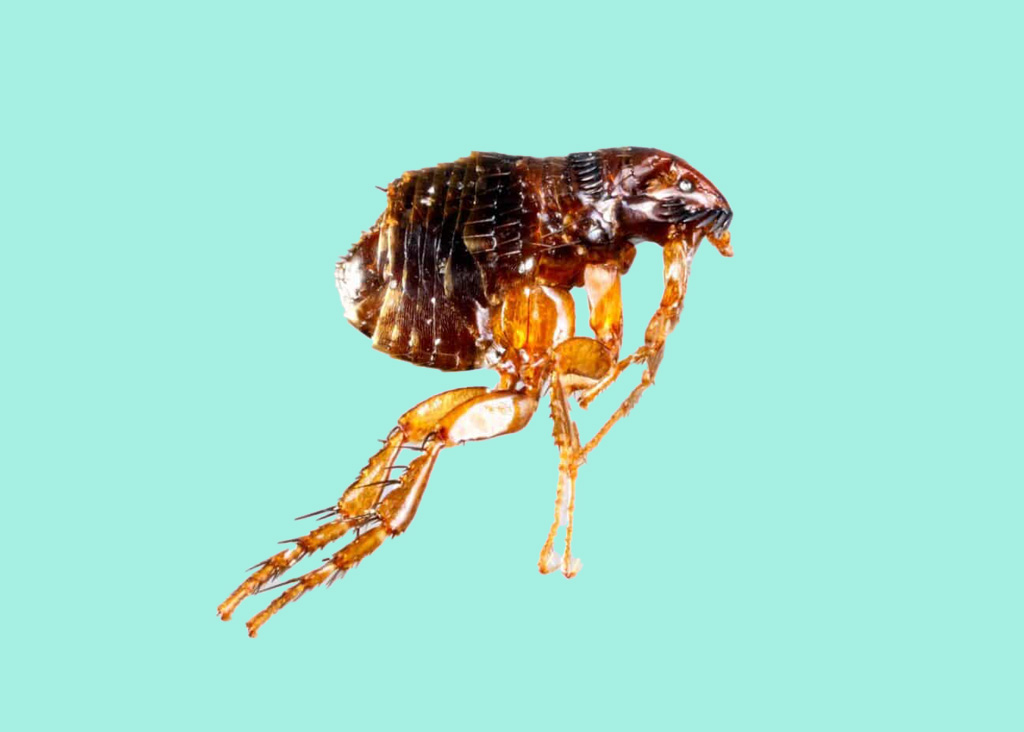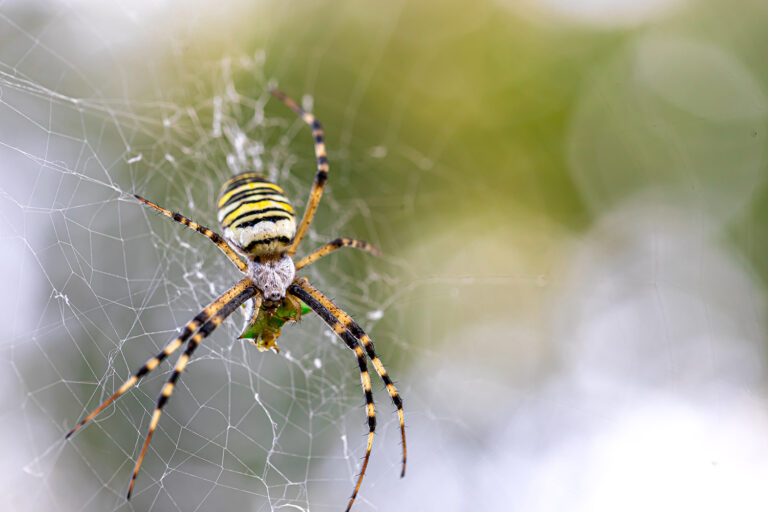Do Fleas Have Wings? Exploring the Flight Capabilities of Fleas
Ever wondered if fleas can fly? Ever pondered on the mechanics of their mighty jumps?
Prepare to understand the truth behind flea flight as we dissect their physical abilities and explore the fascinating details of their behavior and characteristics.
Understanding Flea Anatomy
You might be surprised to learn that despite their incredible jumping abilities, fleas don’t actually have wings. These tiny, agile parasites have an anatomy that’s perfectly adapted for a life of parasitic behavior, not flight.
A flea’s body is streamlined and compressed laterally or side-to-side, allowing it to navigate through its host’s fur or feathers easily.

Fleas have long, powerful hind legs designed for jumping, not wings for flying. These legs enable them to jump up to 150 times their own body length, making them one of the best jumpers in the animal kingdom. This incredible jumping ability is essential for fleas to find and latch onto hosts, where they feed on blood and reproduce.
Flea reproduction is a quick and efficient process. After a blood meal, a female flea can lay up to 50 eggs per day. These eggs are often deposited directly on the host but can easily fall off onto bedding, carpet, or soil.
The mechanism behind Flea Jumping
Despite lacking wings, it’s their remarkable jumping ability that allows fleas to move around so efficiently. This mode of flea locomotion is an evolutionary marvel that has intrigued scientists for years. So, how do these tiny insects jump so high and far without wings? The answer lies in their unique jumping techniques and energy storage mechanisms.
To understand this, picture a flea’s hind legs, designed like a pair of miniature pogo sticks. Unlike most insects that use direct muscle power to jump, fleas employ a clever two-step process. First, they gradually store energy in a protein-rich, rubber-like substance called resilin located in their hind legs. This energy storage process is akin to slowly pulling back a spring. Once the energy is fully stored, the flea releases it all at once, catapulting itself into the air.
This sudden release of stored energy allows fleas to jump distances up to 200 times their own body length and heights up to 150 times their height. This is equivalent to a human jumping over a 200-story building in a single leap! The speed of the flea’s jump is also astonishing, reaching up to 1.9 meters per second.
Interestingly, the insect aerodynamics of a flea’s jump are unique. When a flea leaps, it accelerates at an astounding rate, much faster than a space shuttle. This rapid acceleration, combined with their lightweight exoskeleton and compact body shape, allows fleas to reach such impressive distances and heights.
So, while fleas may appear to fly, it’s their extraordinary jumping prowess that propels them through the air. This evolutionary adaptation, honed over millions of years, allows these tiny, wingless insects to thrive as successful parasites, proving that sometimes, appearances can be misleading.







